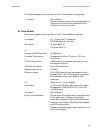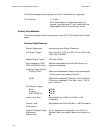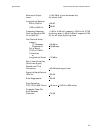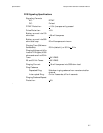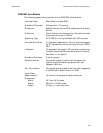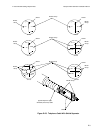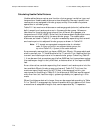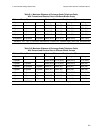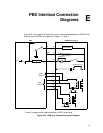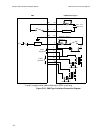
D-1
T1 Voice Module Cabling
Requirements
D
The T1 Voice Module, like any other T1 device, uses two twisted wire pairs for
connection to the T1 network. These wire pairs may include in-plant or on-
campus wiring that is privately owned.
In order to select wire pairs, consider the following:
• A good system design separates the composite transmit and receive
signals as much as possible.
• When wiring multiple devices:
— It is best to run all transmit signals in one cable, and all receive
signals in another cable.
— An alternate method is to separate the transmit and receive signals
with an internal screen, when available.
— If this is not possible, separate the transmit and receive signals by
placing them in different binder groups within the same cable.
Binder groups are used in larger cables (typically 25 pairs).
Separating the transmit and receive signals will eliminate or
minimize near-end crosstalk. With near-end crosstalk minimized,
repeaters may be spaced at their maximum distance.
— Plan for two pairs for each DSX-1 T1 link.
— If your transmission facility includes exterior data links that will be
exposed to weather, specify “filled exchange cable.” The grease-like
filling protects the cable from the effects of moisture that would
otherwise deteriorate the cable's high-frequency response. PVC-type
conduit protects the cable from direct contact with water, but may
not be adequate against condensation.
Note:
All exterior lines (aerial or buried) at the entry point to
buildings require lightning protection. The T1 Interface
Module provides both primary and secondary lightning
protection.



